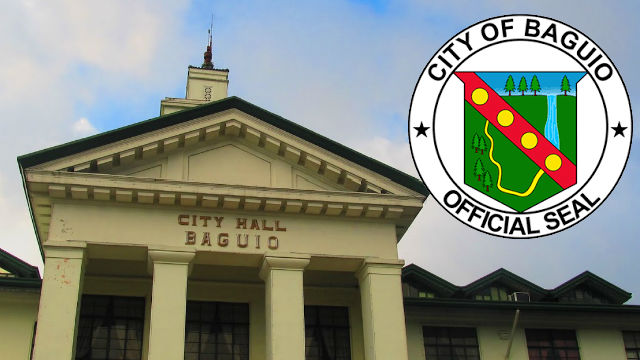BAGUIO CITY – Four new banks started operations in the city based on a report from the Bangko Sentral ng Pilipinas which has significantly contributed in improving the existence of financial intermediaries in the city.
City Planning and Development Officer Engr. Evelyn G. Cayat said that in 2016, there were 82 banks that were operating in the city before it increased to 86 by the end of last year.
“We are very optimistic that our economic performance will continue to expand and with both challenges and opportunities brought about by technological innovations, ASEAN integration and changes in the world market, we hope that we will be proactive to adopt to these changes,” Cayat stressed.
She emphasized that the local government believes that there will be more banks that will operate in the different parts of the city in the coming years which will surely contribute in propelling the growth of the local economy considering that Baguio remains to be one of the favourite tourist destination and education center north of Manila.
Cayat explained the presence of banks in a certain locality is one of the gauges being considered by experts in concluding of improving economic activities in various places in the country, thus, the local government continues to entice more financial institutions to consider operating in the city because of its robust economy triggered by the rapid migration of people from the countryside and the influx of tourists, especially during weekends and holidays.
She claimed that the local government is again gathering data on the Cities and Municipalities Competitiveness index and cities and municipalities are ranked based an overall competitiveness score based on four major pillars which pool data from sub-indicators, particularly economic dynamism, government efficiency, infrastructure and resiliency.
According to her, the index can be used by the public sector, private sector, and the academe wherein the data could serve as a diagnostic tool to assess the competitiveness of cities and municipalities and identify areas for improvement and collaboration.
Further, the data could also provide insights for policy-making, development planning and investment promotion and paints a general picture which may be used by the academe, civil society and tourists as a take-off point of further research.
Cayat remains optimistic that concerned offices of the local government will cooperate in the consolidation of the data required by the National Competitiveness Council to allow the city to improve its 13th overall ranking in the competitiveness rankings of cities and municipalities from the different parts of the country.
One of the identified weak points of the local government in the competitiveness ranking is its inability to implement numerous infrastructure projects included in the priority list of projects enshrined in the city’s Annual Investment Plan (AIP) over the past several years because of various issues surrounding the details of the identified projects and the areas where the projects will be implemented, especially in the different areas in the city’s 128 barangays.
Cayat appealed to the concerned stakeholders in the city to continue supporting the gains of the public sector in terms of advancing the interest of the city as a major tourist destination and education center.
By Dexter A. See













